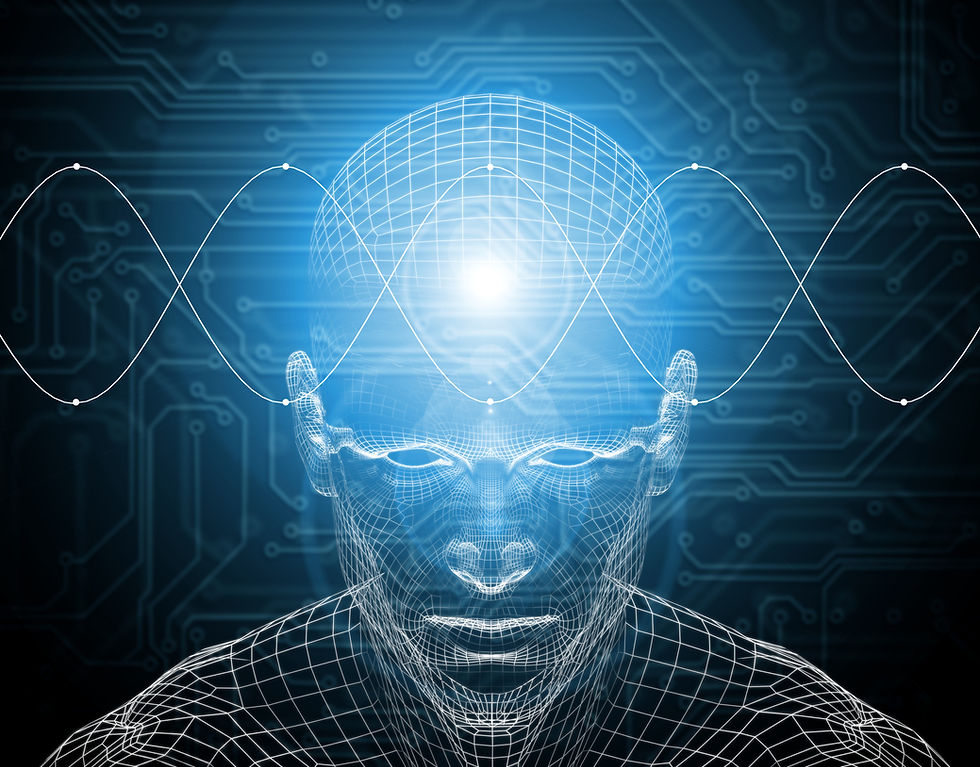Histamine Intolerance and Mast Cell Activation Syndrome
- Jacki Meinhardt
- Mar 4, 2024
- 2 min read

Histamine and mast cells are white blood cells that are part of the immune system and function as a bridge between the immune and nervous systems, coordinating the two. Their primary function is to defend against toxins and infectious agents.
Mast cells are found in all body tissues, but the highest concentrations in those parts of the body that interface with the outside world and are exposed to infections and toxins. These include the sinuses, throat, gastrointestinal tract, respiratory tract, skin, and genitourinary tract.
Mast cells contain vesicles called granules that have more than 200 different biochemical signalers. When an individual with a well-functioning immune system comes in contact with environmental toxins, their mast cells mobilize to orchestrate an appropriately measured response. The mast cells release their biochemical mediators, mostly histamine, serotonin, and tryptase, to neutralize the danger.
The mast cells can become overreactive if a person’s immune system has become dysregulated and hyperaroused. Instead of releasing their biochemical mediators in an appropriately self-limited way, they become disorganized and degranulate chaotically, causing the vast array of symptoms listed above.
Intense anxiety and depression
Severe pain that can localize to joints, muscles, tendons and/or bones
Unusual neurological symptoms like numbness and tingling in different parts of the body, paralysis, and pseudoseizures
Headaches
Ringing in the ears
Sensitivity to a wide array of stimuli, such as light, touch, sound, smells, foods, chemicals, and electromagnetic frequencies (EMF)
Sore throat
Swollen lymph glands
Indigestion, including diarrhea, constipation, bloating, gas and heartburn
Chronic debilitating fatigue
Insomnia
Cognitive difficulties include brain fog and decreased focus, memory, and concentration.
Pelvic pain
Interstitial cystitis (painful inflammation of the bladder)
Shortness of breath
Air hunger ( a feeling of being unable to take a deep breath)
Skin rashes
Difficulties with equilibrium and balance
Treatment consists of stabilizing the membranes of the mast cells so that they do not degrade and calming down the nervous system.
For some patients, conventional over-the-counter antihistamines can be helpful. Improvement may be immediate or can take up to two months. Another mast cell stabilizer is quercetin, a member of the vitamin C family. Another medication that can be helpful is the histamine-2 blocker, famotidine.
There are natural substances that can be helpful, as well as prescription medications.
Although treating MCAS helps afford symptom relief, there is a need to address the underlying root cause for a patient to heal.





Comments